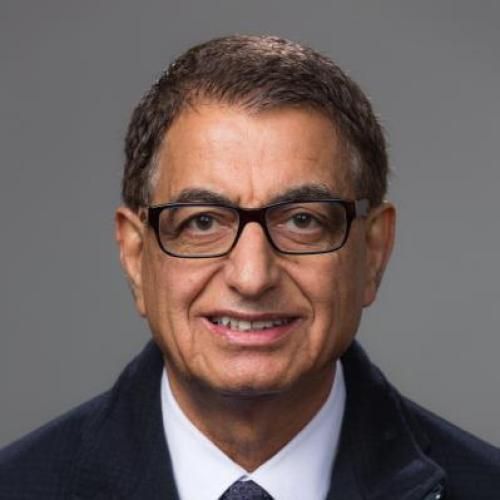Comparison of azimilide dihydrochloride (NE-10064) and selected class III antiarrhythmic agents in a rabbit model of proarrhythmia
Prolongation of the cardiac refractoriness by class III antiarrhythmics has been associated with proarrhythmia. Azimilide dinydrochloride (AZ), was compared to clolilium, dofetilide, sematilide and d./-sotalol in a rabbit proarrhythmia model. Rabbits (n=12-13 per group) were anesthetized with iv thiopental then a-chloralose. A continuous infusion of the a\ -agonist methoxamine (ME; 15 μg/kg/min iv) was given to lower the threshold for arrhythmias. AZ or other class III agents were given iv 12-13 min into the ME infusion at the ED2o, i.e., the dose which increased ratecorrected QT interval (QTc) 20% at steady state (15-20 min after dosing). Duration, severity of all arrhythmias and most severe arrhythmia type (ARRH) were recorded and classified as follows: no arrhythmias, PVCs only, complexes (bigeminy. couplets or triplets), NSVT (nonsustained ventricular tachycardia; 4-15 beat run) or SVT (sustained VT; >16 beat run) (or the 10-min period of equivalent QTc prolongation. Class III agent clofilium dotetilide sematilide d>so)alol azimilide dose (EP20; mg/kg) 0.033 0.015 0.66 2.8 5.2 ARRH (% population) = none: 33:0: 42:17: 58:0: 42:17: 39:15: PVCs:complexes:NSyT:SyT .25:17:25 25:0:17 17:8:17 25:0:17 23:8:15 time in SVT/VT l% ottotal) ,5.0/8.9 11.8/11.8 3.9/4.7 1.5/3.8 0.1/1.0 probability of SVT/Vt 0.051/0.090 !n42/0.14Z 0,039/0.046 0.015/0.03 0.001/0.101 All class III agents were significantly proarrhythmic, although no t ifferences between treatment groups were seen (proportional odds model of most severe arrhythmia). However, AZ-treated rabbits spent less time in SVT or VT (NSVT and SVT combined) and showed a lower probability of transitioning to SVT or VT than did the other class III-treated rabbits (continuous-time Markov chain model of arrhythmia severity and duration). These data indicate AZ has less proarrhythmic potential than the other class III agents tested as evidenced by reduction of the likelihood of, and time spent in VT and potentially lethal SVT. An AZ-sensitive current similar to lks was recently isolated from rabbit ventricular tissue. Perhaps blockade of this current is responsible for the reduced proarrhythmic potential seen with AZ.
Duke Scholars
Published In
ISSN
Publication Date
Volume
Issue
Related Subject Headings
- Biochemistry & Molecular Biology
- 3208 Medical physiology
- 3101 Biochemistry and cell biology
- 1116 Medical Physiology
- 0606 Physiology
- 0601 Biochemistry and Cell Biology
Citation
Published In
ISSN
Publication Date
Volume
Issue
Related Subject Headings
- Biochemistry & Molecular Biology
- 3208 Medical physiology
- 3101 Biochemistry and cell biology
- 1116 Medical Physiology
- 0606 Physiology
- 0601 Biochemistry and Cell Biology

